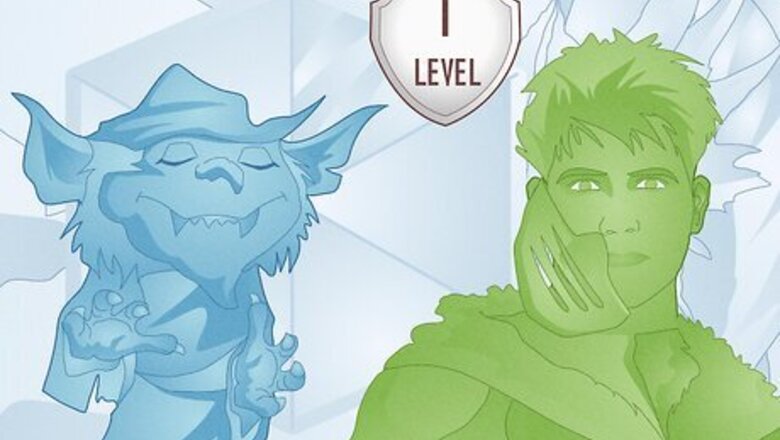
views
- Sleep is a 1st-level enchantment spell that sends affected creatures to sleep. To cast it, first choose a point within 90 feet of your PC, roll 5d8, and add the results.
- Then, using the results of your roll, subtract the current hit points (HP) of each creature within a 20-foot radius of your chosen point from that total.
- Start with the creature with the lowest HP, then the second-lowest, and so on. Once a creature’s HP exceeds what's left of the total you rolled, it won’t be affected.
What is the Sleep spell?

Sleep is a level 1 enchantment spell that makes creatures fall asleep. It’s an area-of-effect spell that can affect creatures of any size, from tiny pixies to gargantuan dragons, because its effectiveness is based on the target’s hit point (HP) total. Once creatures fall asleep under the spell's influence, they’ll sleep for its duration or until woken up by outside forces. Casting time: 1 action Range: 90 feet Target: Creatures within 20 feet of a point you choose within range (in ascending order of their current HP, except for unconscious creatures) Components: Verbal, somatic, and material (a pinch of fine sand, rose petals, or a cricket) Duration: 1 minute
How to Cast Sleep

Choose a point within 90 feet of your PC to target with the spell. You can cast sleep at a single point anywhere within 90 feet of your PC (player character), and the spell itself affects all creatures within a 20-foot radius of that point. Before casting the spell, look at the battlefield (if there’s a battlemap) to ensure your targets fit in a 20-foot radius sphere. If you’re unsure whether you’re within range of the creatures you want to target, ask the DM! They’re in charge of tracking distances on the battlefield.
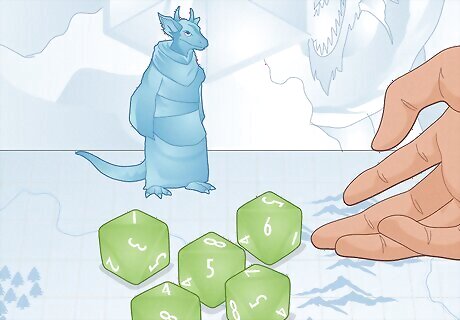
Roll 5d8 and add up the results. The total number you roll represents how many hit points’ worth of creatures the Sleep spell can affect. Creatures are affected in ascending order of their current HP, meaning the creature with the lowest current HP is affected first, then the creature with the second-lowest current HP, and so on. Unconscious creatures are the exception; they aren’t affected at all. For example, if you roll 5d8 and the result is 25, that means you can affect 25 HP worth of creatures with the Sleep spell. Remember that you don’t have to cast the spell at level 1. When you cast Sleep at the 2nd level or higher, roll an extra 2d8 for each spell slot above the 1st level. That means you’d roll 7d8 at level 2, 9d8 at level 3, and so on. In D&D 5e, hit points (HP) measure the amount of damage a creature can take before falling unconscious or dying. Every creature in the game has a certain number of HP representing its total health.
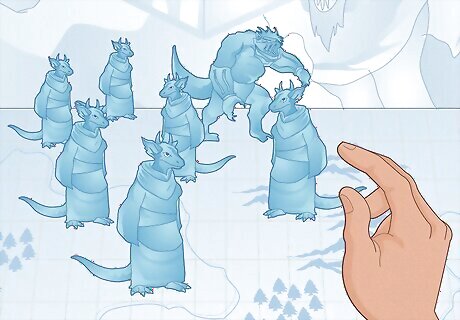
Calculate the number of creatures to be affected by the spell. Subtract each creature’s HP from the total number you rolled for the spell (the 5d8), starting with the creature with the lowest current HP. A creature can be affected by the Sleep spell so long as their hit points are equal to or less than the remaining total that you rolled. Once a creature’s current HP exceeds that number, you can’t affect any more creatures. For example, say you roll 5d8 and the result is 31. You cast sleep on a group of 6 kobolds (which have 5 HP each) and 1 orc (which has 15 HP) If the kobolds and orc are all at full HP, that means you’d put the kobolds to sleep first since their current HP total would be smaller than the orc’s. The total HP between 6 kobolds would be 30, which means you could put them all to sleep and still have 1 HP left over. However, the orc’s HP (15) exceeds the remaining total (1), which means the orc wouldn’t be affected by Sleep even though it’s within the spell’s 20-foot radius.
Sleep Spell Mechanics
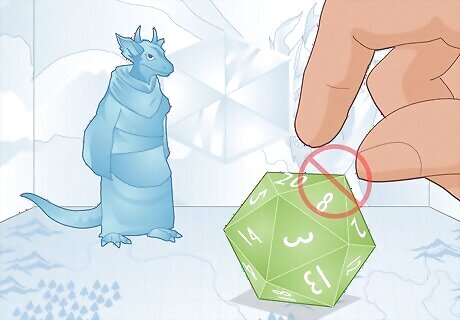
Sleep doesn’t require a saving throw or attack roll. Most spells require either an attack roll (meaning your PC has to roll a d20 to see if their attack hits) or a saving throw (meaning enemies must roll to see if they can resist the spell). Sleep is one of the exceptions; it always applies with no attacks or saves required, so long as you roll enough dice to cover an enemy’s full HP. Despite being an enchantment spell, Sleep also differs from other charms and enchantments like Suggestion or Command (which both require saving throws). This is because Suggestion and Command both involve coercing targets to do something to the best of their ability, whereas Sleep bypasses that and simply forces targets to fall asleep immediately.

Creatures affected by the Sleep spell are considered unconscious. Unconscious creatures fall prone (flat on the ground) and are incapacitated, meaning they can’t take actions or reactions, concentrate on spells, move, or speak. They also automatically fail Strength and Dexterity saving throws, attacks against them have advantage, and attacks within 5 feet are automatically critical hits. Basically, creatures under the Sleep spell’s influence become vulnerable and much easier to hit with spells or weapon attacks.
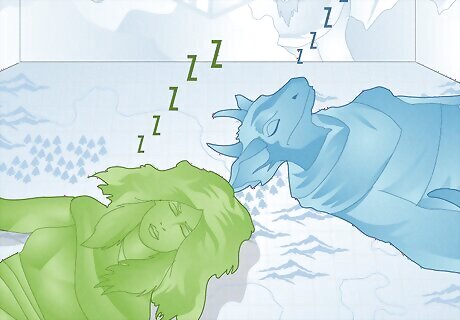
Sleep affects both allies and enemies. It’s an area-of-effect spell, so friendly fire is absolutely possible. If you cast the spell in a spot where an ally is attacking the same enemies you are, you might force that ally to fall asleep, too. Check before casting to ensure you’re only casting the spell within range of enemies (or that allies in the target area have a decent amount of hit points). For example, say you roll for Sleep and get 28, meaning you can put up to 28 HP worth of creatures to sleep. An enemy with 16 HP could definitely be affected by the spell. However, if a wounded ally with only 9 HP is right next to that enemy, they’d be first in line to fall asleep, since Sleep automatically targets creatures with the lowest current HP first.

It takes an action to wake a creature affected by the Sleep spell. Once a creature is magically asleep, there are only 3 ways to wake them up. An affected creature will sleep until the spell ends, they take damage, or someone else uses an action to slap or shake the creature awake. Keep an eye out for enemies trying to wake their comrades, and stop them if you can! For example, if you put a couple of bandits to sleep and you see a third start moving toward them to wake them up, you might focus attacks on that third bandit during your next turn.
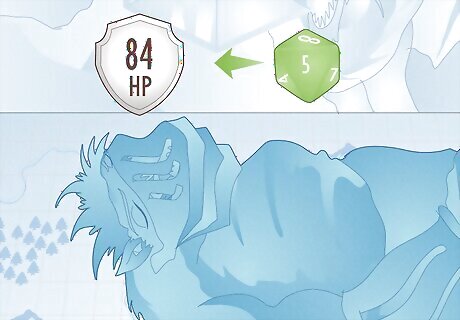
The spell uses a creature’s current hit points, not total hit points. Creatures fall asleep in ascending order of current hit points; in other words, the spell doesn’t apply to a creature’s maximum HP total. Rather, it applies to however much HP a creature currently has, regardless of whether they’ve been wounded or are totally uninjured. For example, trolls normally have 84 HP. If your PC is fighting a troll at full strength, they’d have to cast Sleep at a high enough level to cover all 84 HP. If the troll is wounded and currently has 23 HP, on the other hand, you’d only need to roll 23 on the dice to put that troll to sleep.
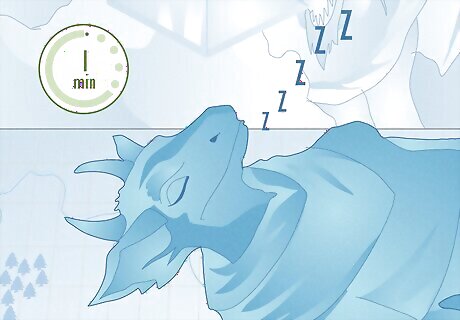
Sleep lasts for up to 1 minute (or 10 rounds of combat). If you’re outside of combat, then it’s up to the DM to let you know when 1 minute passes and any creatures affected by your Sleep spell wake up. If you’re currently in combat, keep track of the rounds as they pass. One round is about 6 seconds long in D&D, which means Sleep affects creatures for up to 10 rounds total.
How to Use Sleep Effectively

Take groups of low-HP enemies out of a battle temporarily. Weaker opponents with smaller pools of HP tend to attack in groups; although they don’t do much damage individually, they can overwhelm with sheer numbers. To prevent that, cast sleep on them and cause several enemies to fall asleep at once. That way, you can pick them off one by one instead of taking them all on. For example, goblins have 7 hit points, and at level 1, Sleep has an average roll of 22.5. So, if you cast Sleep on a group of 5 hostile goblins, on average, you’d put 3 of them to sleep (since 7 x 3 is 21). That’s also not factoring in the fact that some goblins might be hurt! For example, if there were 5 goblins, but 2 had been reduced to 3 hit points, then on average, you’d actually put 4 of them to sleep (since their total combined HP would be 20).
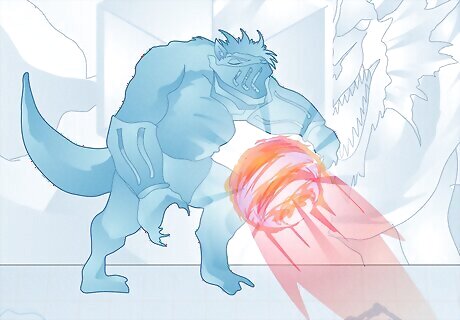
Target a single, more powerful enemy with Sleep. If one enemy is strong, with lots of hit points, putting them temporarily out of commission can be a huge advantage for you and your allies. While they’re sleeping, pick off weaker combatants or prepare to target the sleeping enemy with a devastating round of attacks from a distance. Sleep combines well with other spells and abilities since it can often give you a window of opportunity to use additional abilities without being interrupted. For example, you could put a strong enemy to sleep and back away far enough to target them with area-of-effect spells like Fireball without risking friendly fire. Melee attacks against unconscious creatures are also automatically critical hits. You could put a stronger enemy to sleep and then have the party’s fighter or barbarian move in to make the killing blow.
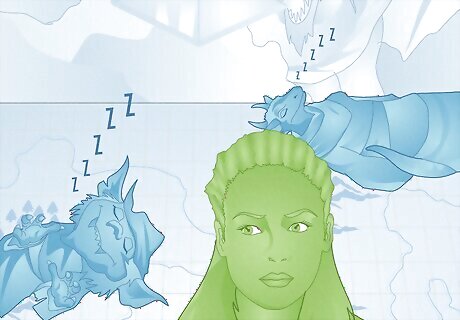
Make stealth missions easier by putting enemies to sleep. Does the party’s rogue need to infiltrate an area? Or does the whole party need to get past a guarded gate? If stealth isn’t the party’s forte, try putting creatures to sleep and then sneaking by; it’s much easier to tiptoe around enemies that are effectively unconscious and can’t sound any alarms. Just remember that there’s a time limit to the Sleep spell, so you’ll need to be in and out within 1 minute to avoid any of your targets waking up and spotting you.
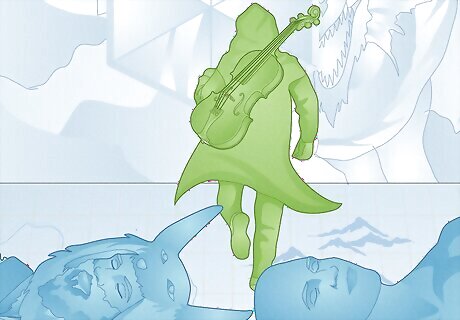
Escape from an enemy by forcing them to fall asleep. Is a fight getting too intense? If you need time to put some space between your PC and an enemy (even if it’s so that you can heal up a little and get ready to keep fighting), target that enemy with the Sleep spell. While they’re slumbering, your PC and their allies can make a hasty retreat.
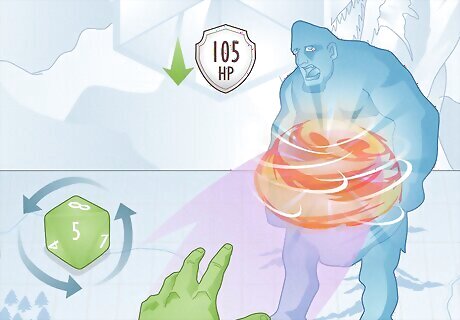
Weaken enemies with attacks and spells before using Sleep. Sometimes, enemies have so many hit points that it’s impossible to make them fall asleep magically while they’re uninjured. To make the Sleep spell effective, whittle down an enemy’s HP with other attacks for a while. Then, when you feel confident their HP is low enough to be affected by Sleep, cast it. For example, hill giants have 105 HP. If the highest you can cast Sleep at is 5th, that’s 9d8 hit points you can cover—which means the maximum number you could possibly roll is 72 (9x8). Therefore, it’d be impossible to put a hill giant to sleep with full HP. If you wound them so that they’re around 30 or 40 HP, you’d have a better chance of putting them to sleep.
Are any creatures immune to Sleep?

Sleep won’t affect the undead and creatures immune to being charmed. Undead creatures don’t sleep in D&D 5e; thus, forcing them to fall asleep magically is impossible. Similarly, elves and half-elves (including elven PCs and enemies who happen to be elven) can’t be put to sleep magically, so the Sleep spell won’t work on them. If you’re unsure whether a creature is immune to Sleep, check their condition immunities (or ask the DM to do it for you). For example, doppelgangers are immune to the charmed condition; therefore, they can’t be affected by Sleep. You can also check an enemy stat block to see if they qualify as undead. The creature’s type is typically listed right under its name at the top of the stat block.
Is Sleep a good spell?

Sleep is strong at low levels, but less effective against high-HP enemies. All in all, Sleep isn’t as good as you might hope, though it still has its uses. When your PC is at a low level (levels 1 to 5), it’s easier to get use out of Sleep since there are so many enemies with low HP to target. At higher levels, enemies’ HP pools tend to scale faster than Sleep’s upcasting potential, so it’s harder to find a use for it. Nevertheless, weaker enemies often accompany powerful foes in battle as minions. Plus, weakening enemies before casting Sleep is a viable option no matter what level you’re at. So, if you want the Sleep spell in your PC’s arsenal, rest assured you can always find opportunities to use it.
Which classes can cast Sleep?

Bards, sorcerers, and wizards all have Sleep on their spell lists. If your PC is from one of the aforementioned arcane spellcasting classes, Sleep is automatically available. You can choose to put it on your PC’s list of known spells whenever they get a chance to learn new spells as they level up. Additionally, several subclasses can also use the Sleep spell: Arcane Trickster rogues (Player’s Handbook) Archfey warlocks (Player’s Handbook) Eldritch Knight fighters (Player’s Handbook) Redemption paladins (Xanathar’s Guide to Everything) Twilight clerics (Tasha’s Cauldron of Everything) Aberrant Mind sorcerers (Tasha’s Cauldron of Everything)










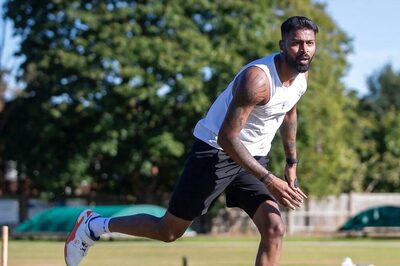
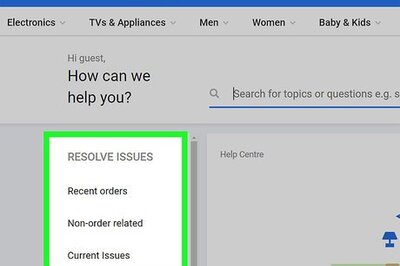


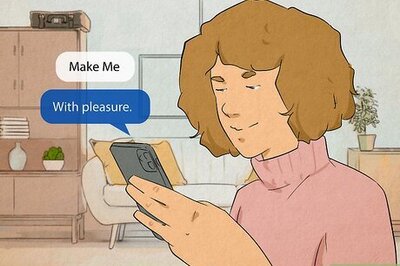
Comments
0 comment